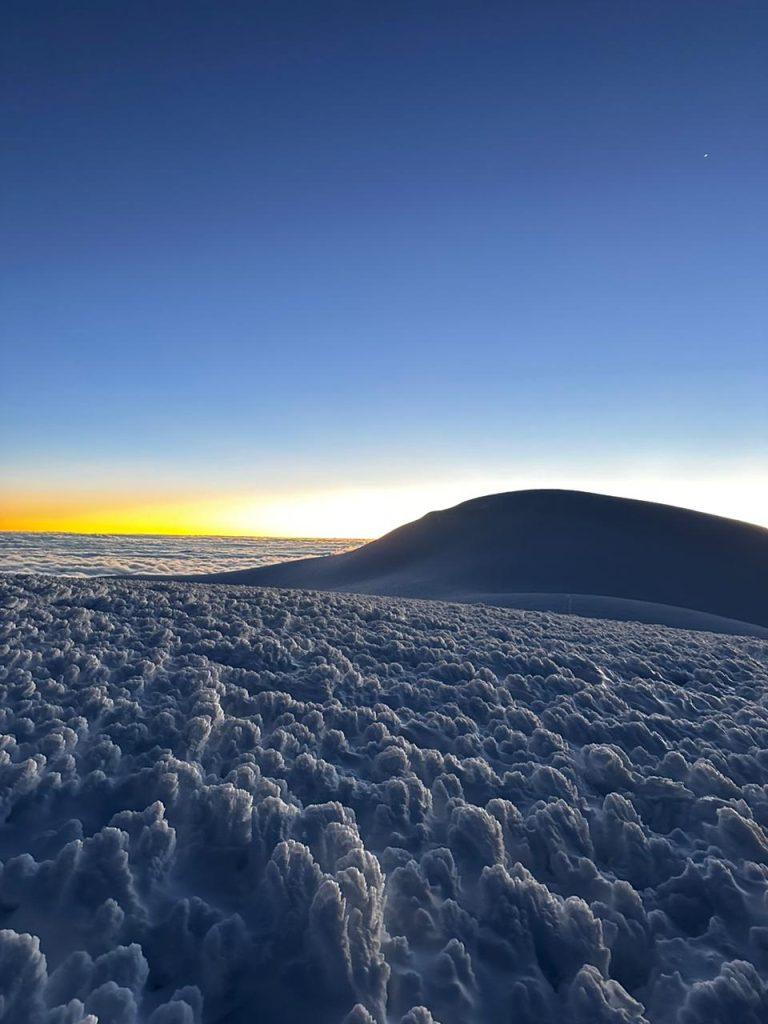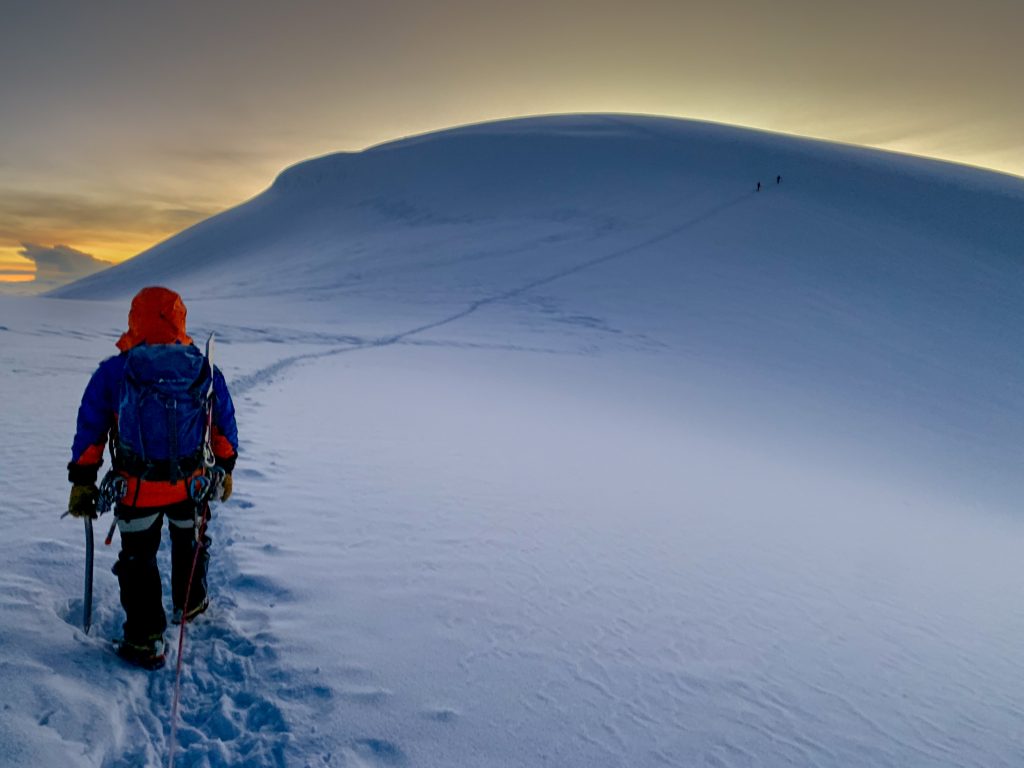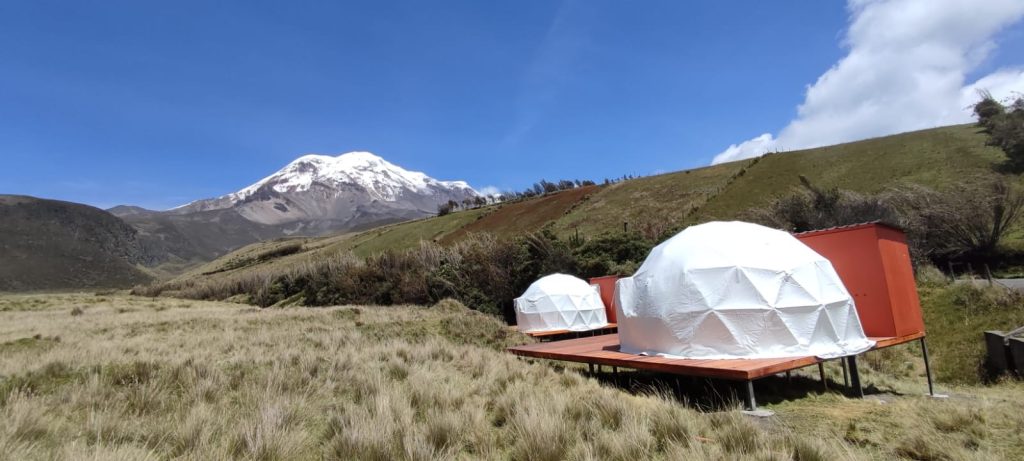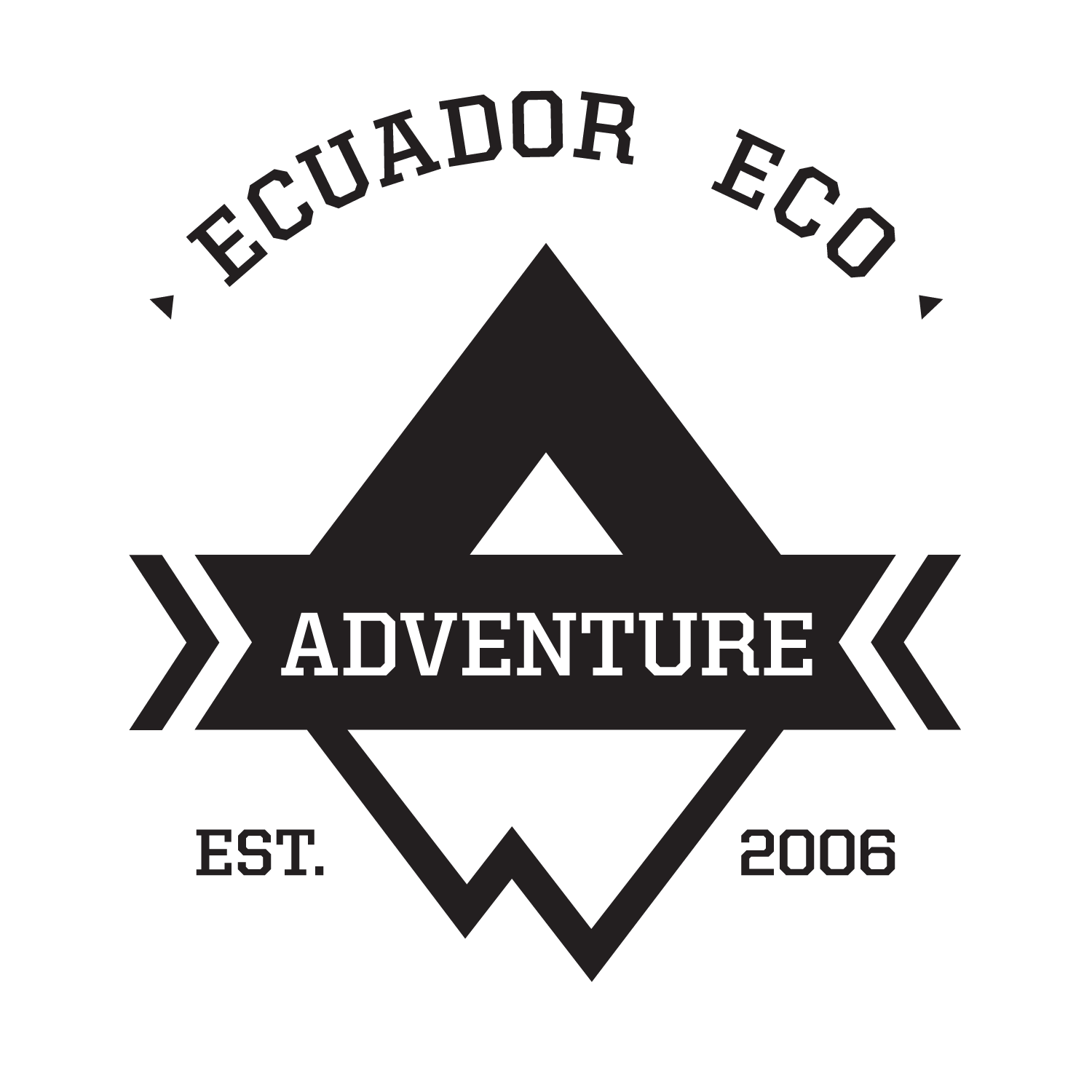How Long to Climb Chimborazo?
Welcome to Ecuador Eco Adventure, where we’re all about thrilling mountain-climbing adventures amidst some of the most stunning landscapes you’ll ever see. Today, we’re diving into the challenge and wonder of climbing Chimborazo, one of Ecuador’s most iconic peaks. From its towering height to its unique ecosystem, Chimborazo offers an adventure like no other.
Chimborazo: A Natural Wonder
Chimborazo isn’t just a mountain; it’s a giant that commands respect and awe from everyone who takes on its slopes. Rising to a majestic height of 6,268 meters (20,564 feet), it’s Ecuador’s highest peak and one of the toughest climbs around. But it’s not just about the height; Chimborazo is surrounded by a breathtaking wildlife reserve that showcases Ecuador’s natural beauty in all its glory.

The Challenge Awaits
Climbing Chimborazo is no walk in the park. It’s a tough climb through rough terrain, unpredictable weather, and high altitudes that’ll test your limits. But it’s this challenge that draws adventurers from all over the world, eager to push themselves and experience the thrill of standing at the top of South
Why Glacier Skills and Knowledge Matter
As you progress to more challenging peaks like Chimborazo, having glacier skills becomes essential. Chimborazo’s terrain includes glaciers, crevasses, and steep ice slopes, which demand a solid understanding of glacier travel techniques, including rope skills and crampon use.
- Glacier Travel: Crossing glaciers safely requires knowledge of route-finding, assessing crevasse danger, and techniques for roped travel to prevent falls into crevasses.
- Crampon Use: Chimborazo’s icy slopes demand the use of crampons for secure footing. Knowing how to properly fit and use crampons ensures stability on steep terrain.
- Rope Skills: Climbers often use ropes to protect against falls on steep sections. Understanding rope techniques like belaying, anchoring, and self-arrest is crucial for safety.
Having these skills not only enhances safety but also increases confidence and efficiency on the mountain. Our experienced guides at Ecuador Eco Adventure are well-versed in glacier travel techniques and will provide instruction and guidance throughout the climb, ensuring a safe and successful ascent.

Preparation Is Key
Before you even think about tackling Chimborazo, you’ve got to get yourself ready. Spend 6-8 days acclimatizing, gradually climbing to higher altitudes to let your body adjust. Peaks like Cotopaxi and Cayambe are perfect for this, giving you a chance to build your strength and stamina before taking on the big one.
- Cotopaxi: Standing at 5,897 meters (19,347 feet), Cotopaxi offers a challenging yet rewarding climb. It’s a great way to acclimatize and get a taste of what’s to come on Chimborazo.
- Cayambe: With an elevation of 5,790 meters (18,996 feet), Cayambe presents another excellent opportunity for acclimatization. Its glaciers and rugged terrain provide a thrilling climb for adventurers.
- Carihuairazo: At 5,018 meters (16,463 feet), Carihuairazo is slightly lower than the others, but its stunning views and varied terrain make it a fantastic choice for acclimatization before Chimborazo. Plus, its proximity to Chimborazo allows for a smooth transition to the higher altitude.
Acclimatization on your own?: Chimborazo Basecamp
Chimborazo Basecamp isn’t just a place to rest; it’s an ideal spot for acclimatization. Situated inside the national reserve at 3,900 meters (12,795 feet), the basecamp offers a gradual ascent that helps your body adjust to the altitude. Plus, it provides a comfortable and acclimatized environment to rest up and get ready for the climb ahead. Surrounded by the stunning paramos, it’s a peaceful retreat where you can soak in nature and gear up for the challenge of Chimborazo.
While at Chimborazo Basecamp, adventurers have the opportunity to explore the surrounding area on their own. Some self-guided trails and treks allow you to immerse yourself in the beauty of the paramos and get a taste of the terrain you’ll encounter on Chimborazo. Whether it’s a leisurely hike to take in the breathtaking views or a more challenging trek to test your stamina, Chimborazo Basecamp provides the perfect starting point for your adventure.

How Long Does it Take to Climb Chimborazo?
The climb itself spans two days. Starting from the Hermanos Carrel Refuge, it’s a 10-hour ascent to the high camp, commencing at 4,800 meters above sea level. From the high camp, where we begin at 5,300 meters, the average climber takes about 6 hours to reach the summit. Elevations play a significant role in the challenge, with the starting point affecting the difficulty and duration of the climb. Costs vary depending on the starting point chosen by climbers.
Guided by Experience
While Chimborazo is an adventure you’ll never forget, it’s essential to approach it with caution. Hiring an experienced guide and getting the right permits are crucial for a safe and successful climb. Our guides know Chimborazo like the back of their hand, and they’ll be with you every step of the way, offering support and guidance to help you reach the top safely.
Climbing Chimborazo is a once-in-a-lifetime adventure that’ll push you to your limits and reward you with memories that’ll last a lifetime. So, if you’re ready to take on the challenge, join us at Ecuador Eco Adventure, and let’s conquer Chimborazo together.
Find out more, send us an email we will be happy to assist you
General Manager and Founder. National guide and wildlife expert, photographer of wildlife, and afficionado of history. Wlady is a proud Ecuadorian who went to highschool in New Zealand and started of Ecuador Eco Adventure after meeting his Aussie mate Jake while studying ecotourism at uni. Ask us about how to climb Cotopaxi and Climbing Chimborazo as well as Trekking in Ecuador and Yasuni Amazon Tours.

